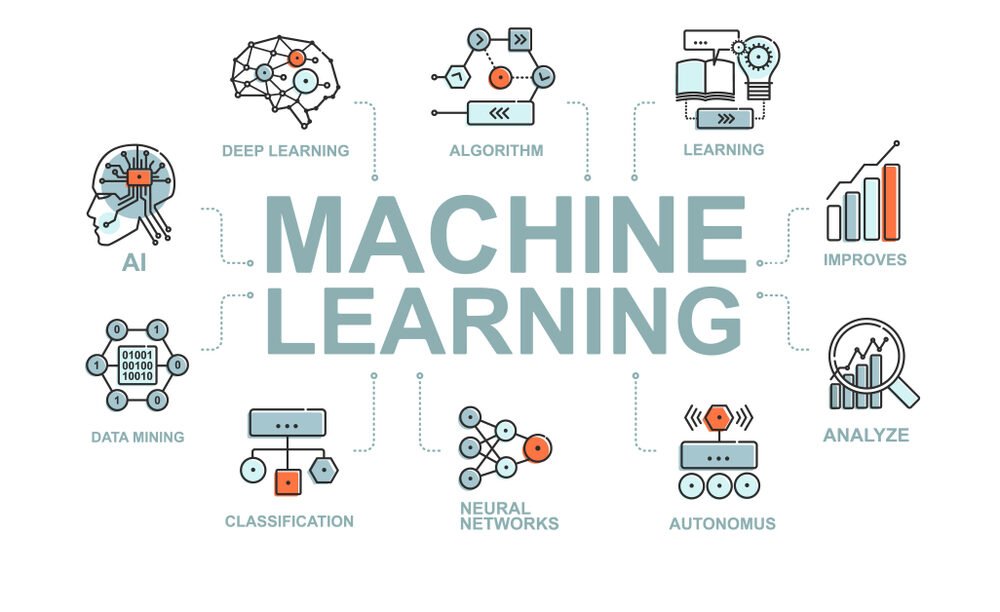Building Resilience: AI's Role in Business Continuity Planning
In the current rapidly evolving corporate ecosystem, resilience has emerged as a key aspect for thriving. Businesses are constantly faced with unpredictable obstacles, ranging from sudden market changes to unforeseen catastrophes. To deal with these challenges efficiently, organizations must adopt thorough approaches that focus on stability and flexibility. This is where AI comes into play as a game-changer, delivering groundbreaking approaches that enhance organizational operational continuity planning.
AI technologies have the potential to revolutionize the way organizations prepare for and address to challenges. By employing cutting-edge data analysis, machine learning , and forecasting methods, organizations can gain insightful knowledge into potential risks and develop preemptive measures to lessen them. This smart method not only helps in spotting vulnerabilities but also aids the decision-making processes, ensuring that organizations can continue operations even in the face of challenges. As we explore the pros of using artificial intelligence in organizations, it becomes obvious that utilizing this technology can profoundly enhance adaptability and drive prolonged achievement.
Artificial Intelligence in Risk Evaluation
AI has emerged as a influential tool in the domain of risk evaluation, allowing businesses to recognize and examine possible threats with increased exactness and speed. Traditional risk evaluation techniques often depend on human judgment and experience, which can be biased and prone to bias. Artificial intelligence, on the other hand, utilizes extensive datasets of data, employing machine learning algorithms to uncover patterns and relationships that may escape human analysis. This data-centric approach allows organizations to assess risks more effectively and rank their response strategies accordingly.
Additionally, AI can boost the predictive capabilities of risk assessments. By analyzing historical data and present trends, AI systems can forecast likely disruptions and weaknesses in a business's operations. This forecasting capability allows companies to take preventive measures, reducing risks before they intensify into crises. The ability to model various scenarios allows management teams to prepare for a range of results, in the end strengthening their capacity to bounce back against unforeseen events.
Additionally, the adoption of AI in risk assessment promotes a more adaptive approach to tracking and adapting to risks over time. As new data emerges available, AI systems can constantly evolve and revise risk models, confirming that organizations remain watchful against new threats. This agility is essential in the modern fast-paced business environment, where the landscape of risks can change swiftly. By integrating AI into risk evaluation practices, businesses can refine their decision processes, guaranteeing they are more prepared to navigate uncertainties and maintain stability during difficult periods.
Streamlining in Operational Processes
AI solutions transform business continuity processes by optimizing standard procedures and decision-making. With the capability to examine data and spot patterns, AI can effectively manage various work processes. This indicates that tasks such as data backup, system monitoring, and reporting incidents can be handled with minimal human involvement, allowing staff to focus on more important tasks.
Furthermore, automated processes enhances the efficiency and accuracy of response mechanisms during disruptions. By leveraging forecasting techniques, organizations can anticipate potential risks and implement preventive measures before problems arise. Real-time supervision powered by AI ensures that businesses can react swiftly to disruptions, ensuring that critical processes remain stable and service provision remains ongoing with minimal disruption.
Finally, the adoption of AI into business continuity practices leads to improved distribution of resources. Automated technologies can assess which resources are most capable in re-establishing operations and improve their deployment. This not only minimizes downtime but also lowers costs associated with operational halts, providing companies with a resilient framework to manage uncertainties confidently.

Predictive for Resilience
In the current business environment, organizations encounter numerous challenges that can disrupt operations. Data forecasting, powered by AI, allows businesses to analyze vast amounts of historical data to anticipate potential disruptions. By recognizing patterns and trends, companies can proactively address risks before they grow into significant issues. This capability not only enhances operational efficiency but also builds a strong framework capable of withstanding unexpected events.
One of the key advantages of leveraging AI in predictive analytics is the ability to make insightful decisions based on analytical insights. For instance, organizations can project supply chain interruptions due to various factors such as climatic factors, global events, or market fluctuations. By having a clearer understanding of potential risks, businesses can implement emergency protocols and optimize asset management. This not only minimizes downtime but also ensures a smoother restoration process in the face of adversity.
Moreover, predictive analytics supports continuous improvement in business continuity planning. By regularly updating models with new data, companies can refine their strategies and adapt to evolving circumstances. This iterative process strengthens an organization’s resilience and allows for a more efficient response to challenges. As businesses increasingly rely on AI-driven solutions, integrating predictive analytics will undoubtedly become a cornerstone of effective business continuity planning, ensuring organizations remain responsive and prepared for the uncertainties ahead.